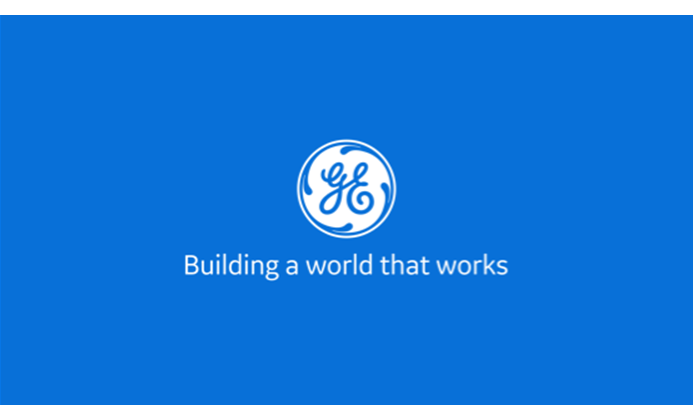With GE Vernova standing at the threshold of becoming a new purpose-built, energy-focused company in a few short weeks, it’s worth noting the inspiration for its name. It is, says the company, “a combination of ver, derived from verde and verdant to signal the greens and blues of the Earth, and nova, from the Latin novus, or ‘new.’” Novus also happens to be one of the roots of the word “innovation,” a pillar of GE from its founding. Innovation, then, is literally in the company’s DNA.
On December 4, 2020, Brian Gutknecht, strategic marketing leader at GE Vernova, coined a memorable phrase to describe the era-defining topic of climate change. “It’s the ‘everything, everywhere’ problem,” he explained on the first episode of Cutting Carbon, the GE Vernova podcast that launched that year.
This fall, TV viewers witnessed an impressive vision of continuity through change.
In 1876, a 28-year-old Thomas Edison came up with what may be his most underrated innovation: a laboratory and machine shop inside a single two-story building in Menlo Park, New Jersey. It’s a place he called his “Invention Factory,” and one that history calls the first R&D facility in the world. While the Menlo Park model was soon adopted by governments, universities, and rival companies, its DNA proved as distinct as it was world-changing, and it led to the birth of GE in Schenectady, New York, in April 1892.
“I’m here to talk about a transformation,” Roger Martella said on Tuesday during the U.S. Center’s opening ceremony at COP27, in the Egyptian resort city of Sharm El-Sheikh.
Research has been a big deal at GE since the first decade of its existence. In 1900, Thomas Edison’s new company created the General Electric Research Laboratory, devoted to original research that would help the company innovate and maintain its competitive edge. It was an idea led by GE’s chief engineer at the time, Charles P. Steinmetz, who argued that innovation worked best when great minds were brought together under one roof. The lab began operations in a barn behind Steinmetz’s house in Schenectady, New York, before moving to its legendary headquarters there a year later.
Chandra Duraiswamy discovered his talent for steering people to a good cause when he was only 12. He was fundraising out on the streets of his hometown of Chennai, India. “I pitched this Bollywood-style concert to raise money for a new school building,” he remembers. “And I convinced all these uncles and aunties to open their wallets and buy tickets,” he adds, laughing at the memory.
One week before she was due to give birth, Doria Wiezman Marely felt a sudden need to get an ultrasound. Instead of going to the hospital, Marely did the ultrasound herself, at home — but not because she’s a doctor. Her insurer, Israel’s Clalit Health Services, had subsidized an at-home ultrasound system that beamed her scans to her doctor that day.
Florida’s ambitious plans to fully transition from fossil fuels to renewable energy by 2050 make abundant sense for the Sunshine State, and it’s another welcome step forward in the world’s efforts to combat climate change. But it will take some time to build up the state’s renewable infrastructure, and even in its radiant climate, there are times — every night, in fact — when the sun doesn’t shine.
Printing with sound, on-demand body parts, and liver rejuvenation. This week’s coolest things make the old new again.














